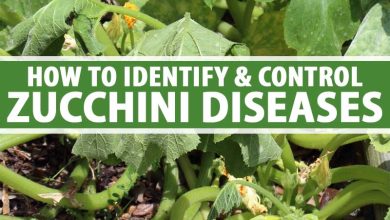Sowing Kale: [Substrate, Care, Irrigation, Pests and Diseases]
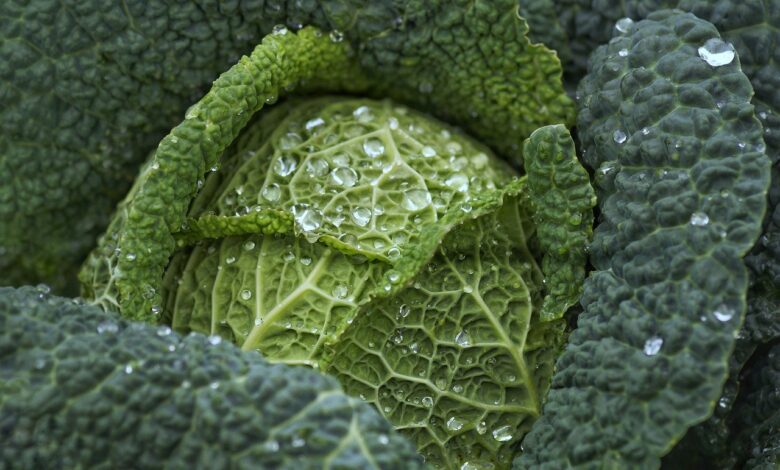
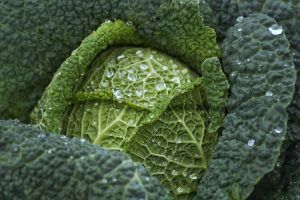 Kale or kale is a vegetable with green or purple leaves. Also called borreliosis. It is in the group of vegetables called Brassica oleracea or wild cabbage. It is cruciferous because of the shape of its flowers.
Kale or kale is a vegetable with green or purple leaves. Also called borreliosis. It is in the group of vegetables called Brassica oleracea or wild cabbage. It is cruciferous because of the shape of its flowers.
The kale began to be cultivated for the first time in the Mediterranean area, it was called cabbage long before the rounded variety existed.
Kale was an important crop in Roman times; it became a staple food for peasants in the Middle Ages and was brought to the United States by the English in the 17th century.
Kale is a member of the Brassica family, like cabbage, broccoli, cauliflower, radish, cabbage, Brussels sprouts, and other common «cabbage crops.»
Important points when planting kale
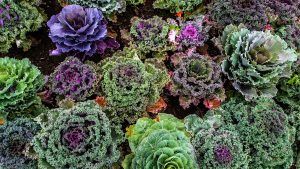 When? During the spring. Also in the fall, although it is more difficult.
When? During the spring. Also in the fall, although it is more difficult.- Where? In a place that receives a lot of sun. It can also be in partial shade.
- How do we prepare the land? The pH should be between 6.5 and 6.8. You need a soil rich in nitrogen, so it is advisable to add substrate orwell-decomposed manure.
- How do we water? We recommend drip irrigation.
- How often do we water? In summer you will need a lot of water. Suffers from high temperatures. I water every day or every other day.
- Favorable associations? The legumes.
- Unfavorable associations? Other cabbage, such as cabbage, broccoli, or cauliflower.
- Plagues and diseases? Birds, caterpillars and the cabbage root fly.
Characteristics of kale or kale
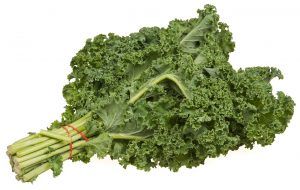 Kale is one of the hardiest of the cabbage family; it can withstand temperatures as low as -15°C but cannot withstand high temperatures.
Kale is one of the hardiest of the cabbage family; it can withstand temperatures as low as -15°C but cannot withstand high temperatures.
Hardy to cold temperatures and easy to grow, kale has long been a highly prized winter vegetable, especially in Scotland, Germany, Holland and Scandinavia. Today, it is eaten all over the world.
Kale has large, fibrous, tightly curled leaves with a distinct flavor.
Its color varies from pale green to dark green, sometimes to bluish green. Those leaves are not rounded, a characteristic expressed by the Latin word that describes this variety of cabbage “acephala” and which means “headless”.
These leaves have a fine whitish and very fibrous stem, which can measure from 30 to 40 cm. Kale is so decorative that ornamental varieties were developed. To know more, read: Varieties of kale.
When to plant kale?
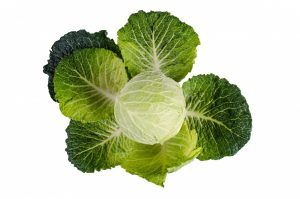 In early spring, kale can go out in your vegetable garden or garden 3 to 5 weeks from the last frost.
In early spring, kale can go out in your vegetable garden or garden 3 to 5 weeks from the last frost.
However, if temperatures are likely to drop below 20 degrees, it’s best to have floating row covers on hand; can cover young plants on cool nights.
For a fall harvest, kale can be planted 6 to 8 weeks before the first frost.
It is harvested from fall until the ground freezes in winter. In fact, kale leaves often taste better after a couple of frosts.
Where to grow kale?
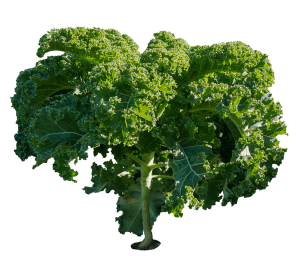 Kale does best in full sun, but tolerates partial shade.
Kale does best in full sun, but tolerates partial shade.
Soil pH should be 6.5 to 6.8 to prevent disease.
Based on the soil analysis, prepare it with nitrogen-rich compost. The soil needs to drain well and also be enriched for young leaves.
Tip: If you plant legumes ( peas, broad beans, beans …) nearby, they release nitrogen when they grow, so they can be a natural fertilizer.
How to plant kale step by step?
- If you are planting seeds, sow 1 inch deep in light, well-drained soil. After 2 weeks, prepare the seedlings so that they are 20 to 30 centimeters apart.
- If you are planting seedlings (which is more common), plant at the depth that they grow in the container. Give them enough space, between 30 and 40 centimeters between each of them.
- After sowing, water the plants well.
- It is important to keep the kale well watered and fed. If the rain is insufficient, give it more water every week. Especially in summer, where high temperatures can make our kale suffer.
- Our option for watering is drip irrigation. Make the most of the water and largely prevent the growth of fungi.
- Mulch the soil to keep weeds down and also keep the soil moist and cool, as kale will not grow in high temperatures and dry soil.
- Mulch the soil again when fall arrives; the plants can continue to produce leaves throughout the winter.
How to harvest kale?
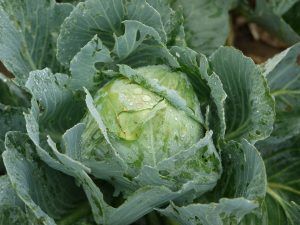 Kale is ready to harvest when the leaves are the size of your hand.
Kale is ready to harvest when the leaves are the size of your hand.
Collect about a handful of leaves per harvest. Start harvesting the oldest leaves first from the lowest section of the plant. (Discard any yellow or holey sheets.)
Avoid picking the terminal shoot (which is in the top center of the plant) because this will help keep the kale producing. The kale will continue to grow. It tastes even better when winter comes.
If you want to extend your harvest, protect your kale from the cold with row covers. Or, create a makeshift cover out of old tarps and blankets held up by bales of hay.
The small, tender leaves can be eaten raw and used in salads.
Kale pests and diseases
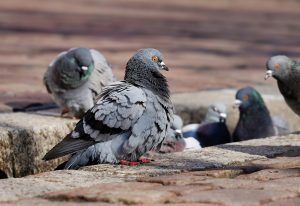 Kale is tough and resists most Brassica problems.
Kale is tough and resists most Brassica problems.
Caterpillars can be a problem, but kale is often a second choice for a butterfly looking to lay eggs. However, you have to be vigilant. The same goes for aphids (aphids), etc.
birds
Birds, especially pigeons, can cause a number of problems, including the consumption of seedlings, sprouts, leaves, fruits and vegetables.
Remedy: Protect the plants from birds by covering them with netting or fleece. Scarecrows and bird scaring devices work for a while, but the most reliable method of protection is to cover plants with horticultural fleece or netting.
cabbage root fly
Cabbage root flies are white larvae about 5 cm long, they feed on roots just below the soil surface, stunting growth and causing plants to wilt and die.
Remedy: Put up insect-proof mesh or horticultural fleece. Seedlings are the most vulnerable.
caterpillars
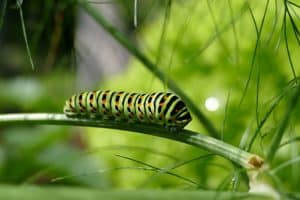 A fair number of caterpillars feed on brassicas, but the most common are the cabbage white moths. Normally you will see the caterpillars, otherwise you will see the holes they make in the leaves.
A fair number of caterpillars feed on brassicas, but the most common are the cabbage white moths. Normally you will see the caterpillars, otherwise you will see the holes they make in the leaves.
They will also pierce the heart of cabbages.
Remedy: On light attacks, or if you only have a few plants, you may be able to remove the caterpillars. Insect-proof mesh or fine netting (5-7mm mesh) can prevent egg laying.

![Photo of Bougainvillea Pests and Diseases: [Detection, Causes and Solutions]](https://www.complete-gardening.com/wp-content/uploads/2021/06/buganvilla_1603484450-390x220.jpg)
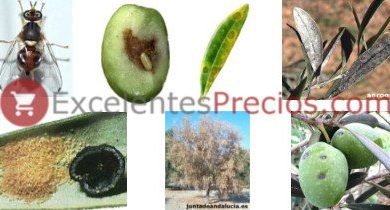
![Photo of Ornamental Plants: [Planting, Types, Irrigation and Care]](https://www.complete-gardening.com/wp-content/uploads/2022/08/ornamental-plants-planting-types-irrigation-and-care-390x220.jpg)
